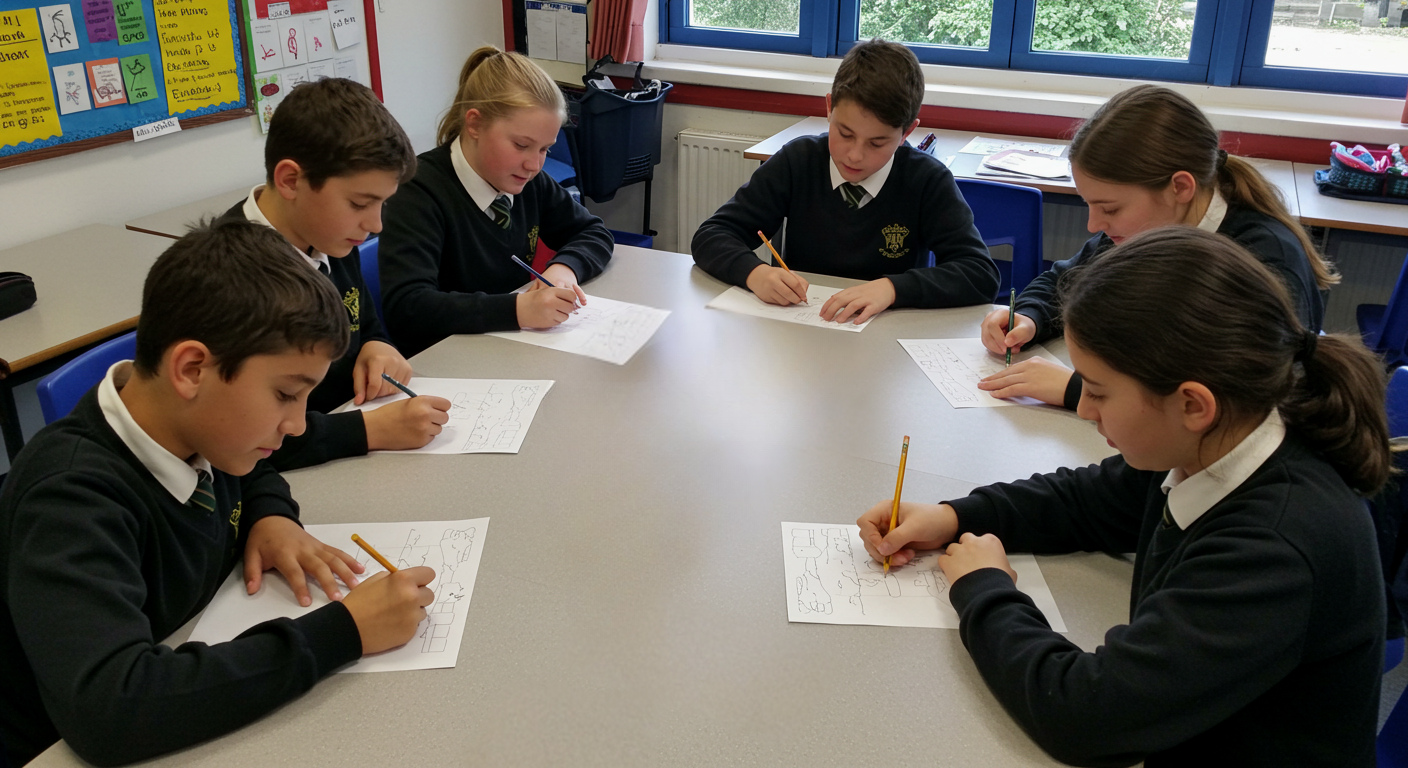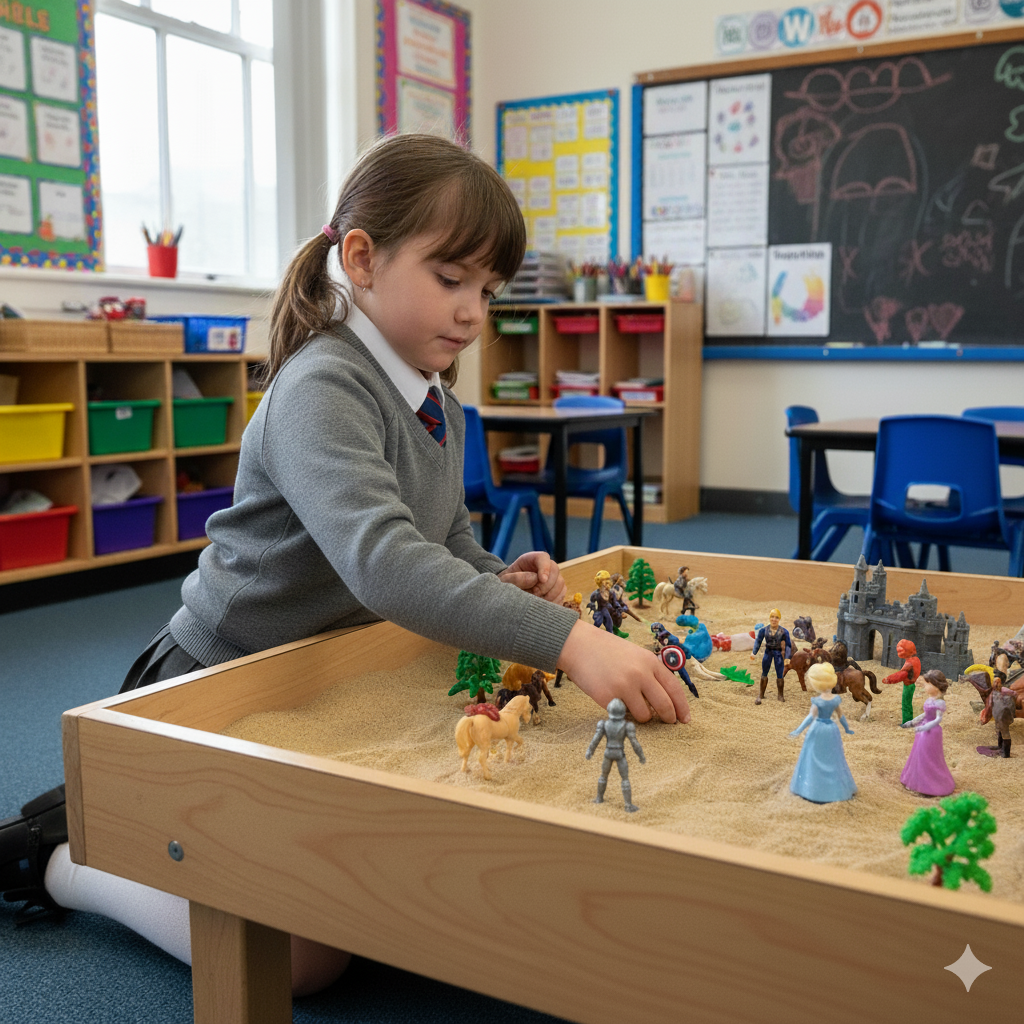
LIFELONG THERAPEUTIC LEARNING:
-
Learn more

Drawing and Talking allows individuals to discover and communicate emotions through a non-directed technique, setting it apart from existing solution-focused and cognitive-based therapies and interventions
Learn more
Creators of a global proactive intervention intended to complement rather than replace the work of Specialist Mental Health Services
Working with vulnerable
-
Courses
Drawing and Talking has proved invaluable with secondary aged students who find it difficult to talk about their emotions.

Our team's commitment to high quality services provides you with peace of mind.
Individuals
Creators of global proactive intervention intended to complement rather than replace the work of Specialist Mental Health Services.
Organisations
In-house training days are the most cost effective way to train groups of 20 or more staff in the Drawing and Talking therapeutic technique. We offer both Zoom and in-person options.
- Blog
-
Practitioners
In our 20-year history, we have built a community of 20,000 Drawing and Talking Practitioners.
Our Drawing and Talking Practitioners are committed to high-quality therapeutic support. Our Accredited Practitioners maintain an active Drawing and Talking Membership, which includes regular CPD and supervision and coaching. This ensures safe, reflective and effective practice.
- Contact us
- Book now
Case Study: Oakhurst Community Primary School, Swindon Embedding Drawing and Talking at a Whole-School Level

Background
Oakhurst Community Primary School in Swindon is deeply committed to nurturing the mental health, wellbeing, and inclusion of all pupils.
The school recognises that some children experience emotional distress that isn’t always visible in classroom behaviour. Their aim is to identify and support these needs early—ensuring that every pupil feels seen, safe, and supported.
“Our goal is to make emotional wellbeing part of the school’s daily language, not something separate or specialist.”
— Oakhurst Senior Leader
Rationale
The school’s wellbeing vision centres on prevention, inclusion, and empowerment.
Its key objectives are to:
-
Safeguard pupils by preventing emotional needs from escalating
-
Reduce reliance on external or crisis-level services
-
Improve long-term wellbeing and learning outcomes
-
Build staff confidence in recognising subtle signs of emotional distress
This approach reflects a belief that wellbeing belongs to everyone—not just to those in obvious difficulty.
Whole-School Approach
Oakhurst combines proactive and responsive strategies, embedding Drawing and Talking within its broader wellbeing offer.
Core Elements:
-
Annual wellbeing screening (particularly in Key Stage 2) to identify early needs
-
Whole-class Drawing and Talking – a six-week structured programme delivered yearly in every class
-
One-to-one Drawing and Talking sessions for pupils requiring more private space
-
Safe and calm spaces with emotionally available adults
-
Supporting interventions such as nurture groups, emotional vocabulary programmes, and reflective offload time
Together, these create a consistent, whole-school framework where every child’s emotional world is acknowledged and supported.
Drawing and Talking in Action
Each Drawing and Talking session follows a themed prompt—such as “a special place”, “the monster”, or “scariest memory”—encouraging children to explore emotions through drawing before discussing their artwork.
This creative process:
-
Builds emotional literacy
-
Helps children process experiences symbolically
-
Gives staff insight into hidden anxieties or worries
Facilitators gently follow up where pupils choose to share more, ensuring that each child’s emotional journey is handled sensitively and at their own pace.
“I let it out every time!” — Year 2 pupil
“It was really nice to work as a class together and get to know what others are going through.” — Year 6 pupil
Impact
The introduction of Drawing and Talking has led to tangible outcomes across the school community:
For Pupils
-
Identification of “silent sufferers” — pupils who appeared settled but carried hidden worries
-
Improved ability to express and regulate emotions
-
Examples of trauma processing, including children articulating grief and anxiety through art
For Parents
-
Reports of improved sleep, reduced anxiety, and calmer behaviour at home
-
Greater trust in school as a safe and caring environment
For Staff
-
Increased confidence in understanding children’s emotional communication
-
A more emotionally literate and open school culture
“The children talk about feelings more freely now—it’s become part of who we are as a school.”
— Oakhurst Staff Member
Challenges
As with many wellbeing initiatives, practical challenges remain:
-
Limited staff time for delivery and follow-up
-
Some pupils require more sustained support than one annual block provides
-
Need for consistent pathways for escalation and ongoing monitoring
Next Steps
Oakhurst continues to evolve its approach to meet the needs of all learners. Planned developments include:
-
Customising Drawing and Talking themes for different age groups (with Educational Psychology input)
-
Establishing Mental Health Ambassadors among pupils and staff
-
Equipping each classroom with “Calm Boxes” containing sensory and self-soothing tools
-
Developing a graded support pathway to help staff match responses to pupils’ emotional needs
Recognition
In recognition of its inclusive ethos and creative approach to wellbeing, Oakhurst Community Primary School was named among the Top 100 Schools for Diversity & Inclusion by the Swindon Advertiser.
This award highlights the school’s dedication to creating a fair, inclusive, and emotionally safe environment where every child can thrive.
Conclusion
Oakhurst Community Primary School exemplifies how embedding structured, creative interventions like Drawing and Talking can transform the emotional culture of a school.
Through early identification, emotional expression, and inclusive practice, Oakhurst has cultivated a learning environment where wellbeing and belonging are at the heart of everyday school life.
“Drawing and Talking gave us a shared language for emotions—and that changed everything.”
— Headteacher, Oakhurst Community Primary School
Latest news
October 10, 2025
October 10, 2025



